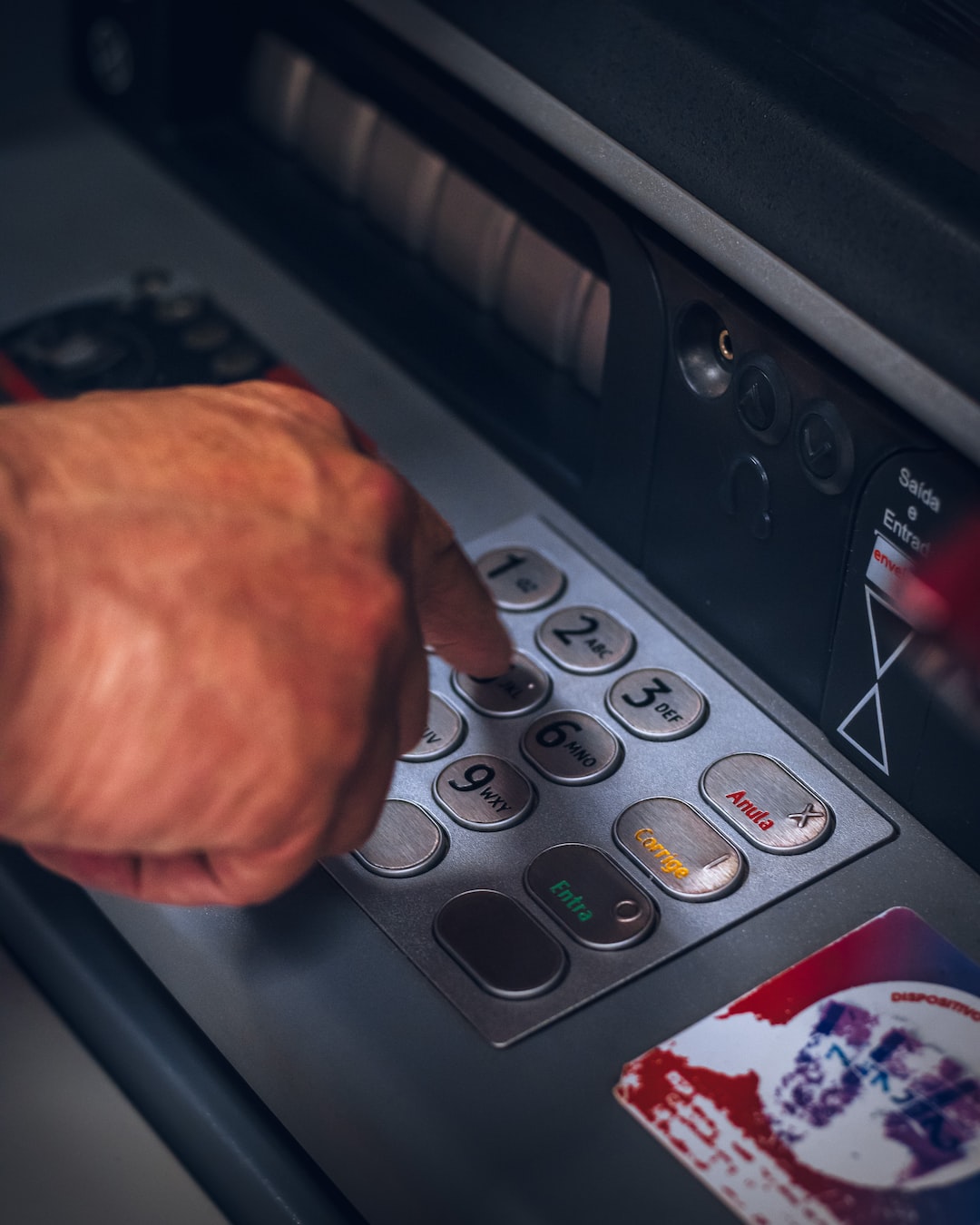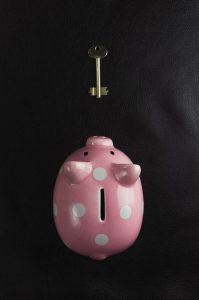Forex trading is an exciting and dynamic market, where traders can buy and sell currency pairs to make profits. One of the important aspects of forex trading is lot size, which refers to the amount of currency that a trader is buying or selling in a single trade. Understanding how lot sizes work in forex is crucial for managing risk and maximizing profits.
What is a lot in forex?
A lot is a standardized unit of measurement that represents the amount of currency traded in a single transaction. In forex trading, there are three main types of lots: standard, mini, and micro.
A standard lot is the largest lot size and represents 100,000 units of the base currency in a currency pair. For example, if a trader is buying EUR/USD, a standard lot would represent 100,000 euros. The value of each pip in a standard lot is usually $10.
A mini lot is a smaller lot size and represents 10,000 units of the base currency. In the EUR/USD example, a mini lot would represent 10,000 euros. The value of each pip in a mini lot is usually $1.
A micro lot is the smallest lot size and represents 1,000 units of the base currency. In the EUR/USD example, a micro lot would represent 1,000 euros. The value of each pip in a micro lot is usually $0.10.
How do lot sizes affect forex trading?
The lot size that a trader chooses can have a significant impact on their trading strategy and their overall risk management. Choosing the right lot size can help traders to control their risk and maximize their profits.
For example, if a trader has a small account balance, they may choose to trade with a micro lot size to minimize their risk. This means that they can still participate in the forex market, but with smaller trade sizes that are more appropriate for their account balance.
On the other hand, if a trader has a larger account balance, they may choose to trade with a standard lot size to maximize their profit potential. However, this also means that their risk is higher, and they need to be prepared to manage their risk accordingly.
Lot sizes also affect the margin requirements for a trade. Margin is the amount of money that a trader needs to put up in order to open a trade. The margin requirements for a trade are usually calculated based on the lot size that the trader is using.
For example, if a trader is using a standard lot size, the margin requirements will be higher than if they are using a mini or micro lot size. This means that traders need to be aware of the margin requirements for their trades and ensure that they have enough funds in their account to cover these requirements.
How to calculate lot sizes in forex
Calculating lot sizes in forex is a straightforward process. The lot size that a trader chooses will depend on their account balance, risk tolerance, and trading strategy. Here is an example of how to calculate lot sizes in forex:
Let’s say a trader has a $5,000 account balance and wants to trade EUR/USD with a 1% risk per trade. This means that they are willing to risk $50 per trade.
To calculate the lot size that they should use, they can use the following formula:
Lot size = (Risk per trade / Stop loss in pips) x (Value of each pip)
Assuming that the trader is using a stop loss of 50 pips, and the value of each pip in a mini lot is $1, the calculation would be as follows:
Lot size = ($50 / 50) x $1
Lot size = 1 mini lot
This means that the trader should use a mini lot size for their trade.
Conclusion:
Lot sizes are an essential aspect of forex trading, as they determine the amount of currency that a trader is buying or selling in a single transaction. Traders need to choose the lot size that is appropriate for their account balance, risk tolerance, and trading strategy. By understanding how lot sizes work in forex, traders can manage their risk effectively and maximize their profit potential.





